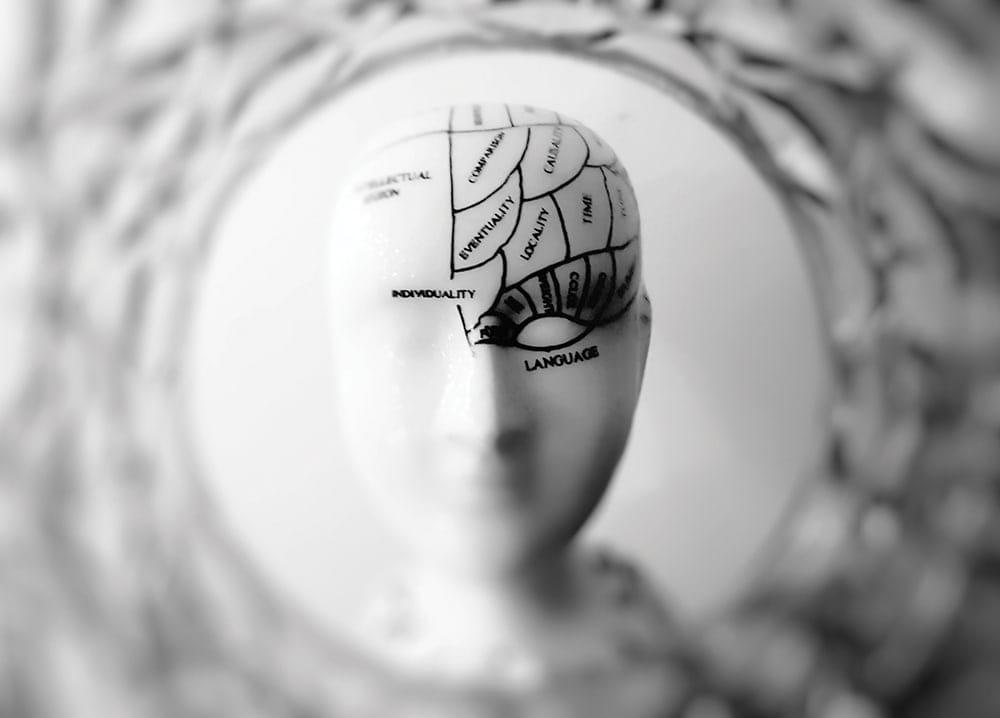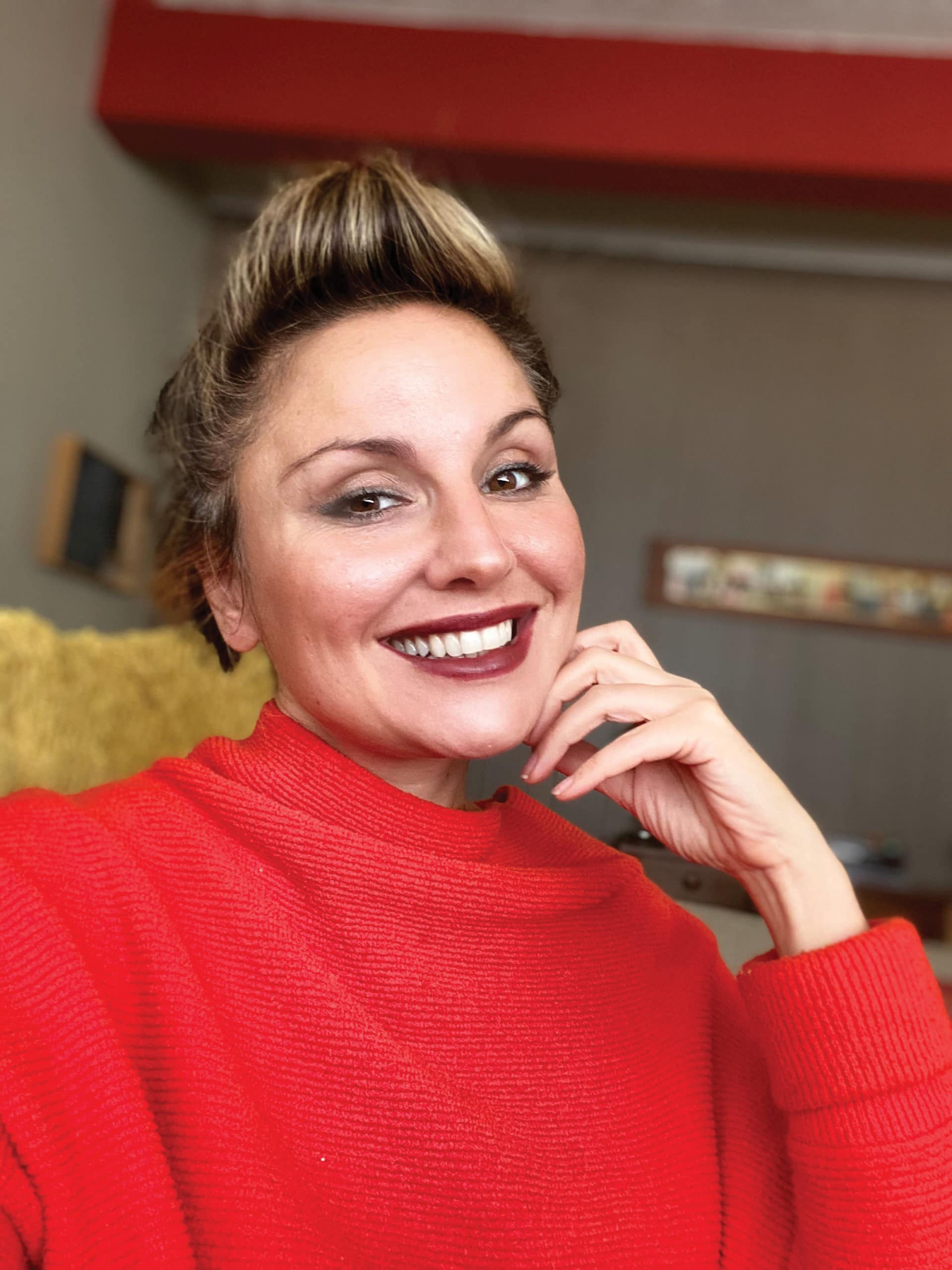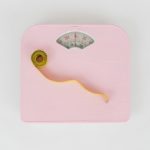At birth, our brains come equipped with approximately 100 billion neurons (brain cells), ready to be utilized and wired into a complex network of neural connections. Only half of these nerve cells are wired together at birth, which means we do the majority of our neural wiring through life experiences.
Our brains can grow, change and learn throughout our lifespan; this, in current neuroscientific language, is known as “neuroplasticity.” Neuroplasticity allows us to be the architects of our inner worlds, but to activate this process, one must learn how to consciously engage in the creative process. What, then, helps us create optimal conditions for such a process? And how does it work? Recent developments in neural imaging have provided an opportunity for us to explore and research vast amounts of data, including the brain’s interaction with visual processing and the importance of creative flow.
The brain has two hemispheres, left and right. Left is mostly responsible for logical, verbal, and computational functions, whereas the right hemisphere is involved in emotional processing. Historically, creative people have been believed to be more right brain, whereas more analytic individuals have been seen as more left brain. This is actually not entirely true; both hemispheres play an integral role in generating creativity.
Deductive reasoning is not capable of producing novel ideas, as it is a process of reaffirming existing facts. It’s through nonverbal recall of smells, sounds, and images that we free associate, creating analogies and connections that birth the creative flow. In order to translate this emotive process into our consciousness, left brain has to analyze and deliver it to our thinking brain. This can be understood as an evolutionary function. In order to manage the ever-changing external reality, we have to actively interact with it, creating new meanings and connections relevant to our experiences.
Human beings don’t simply record their external reality through sensory experience, they actively co-create an artificial reality as a response to external stimuli. In doing so, we find purpose and project endless possibilities into the future.
Certain environments are more conducive to encouraging creativity while others can be thwarting. Being in nature allows our brain to wonder; this is a daydream state of mind, an open-ended meandering. Activation of sensory perception that comes from watching the sunset, hearing the ocean, and smelling freshly cut grass stimulates the creative flow. When our minds are thus engaged, the brain enters into a meditative focus, which then calibrates our nervous system, balances hormonal fluctuations, and allows us to enter into a state of cognitive meaning making. This can manifest as a novel thought process, as well as drawing, dancing, singing, etc. Similarly, visiting a museum, traveling, being exposed to new stories and languages, and physical activities all can activate this process. Without creative flow, our internal realities shrink and become less adaptive, hence making us ill-equipped to handle the ever-changing landscape of life.
Play is one of the most important creative activities. Logical reasoning does not beget construction of new ideas, because it has predictable rules that are deductive and therefore have only finite possible outcomes.
Play, on the other hand, is a fluid process where rules can change, allowing the activity to have an infinite number of outcomes. The reason children love to play is because they are in a natural phase of active construction of their inner worlds. Play involves multiple brain functions, which not only improve mental agility but also provide an opportunity for motor skills training. It also activates reward centers in the brain, which enhance positive emotional states and teach an individual about their strengths and weaknesses, thus improving self-esteem. It is a process of constructing schemas of inner worlds. Unfortunately, in our current culture, play and creativity are underestimated, hence we are seeing an increase in mental health problems.
Making art is a form of play; it has no particular rules, no predictable end result. Art making allows our minds to wander, free associate, and experiment through trial and error, creating new neural connections expanding our inner worlds, making them more interesting, complex, rewarding, and meaningful.
As we age, we begin to over rely on preexisting mental constructs that were formed in our youth; we utilize familiar neural pathways and in doing so, limit the production of new, consequently becoming “set in our ways” and less adaptable, and our worlds begin to shrink. We become anxious and avoid the unknown, causing cognitive decline and low self-esteem, thus activating negative emotions of shame, frustration and loneliness. In short, when we stop playing with the world, we begin to die. Being alive means remaining creatively engaged, seeking new experiences, and plunging into the unknown. It is in this vast abyss of space that life is born. spt







Comments